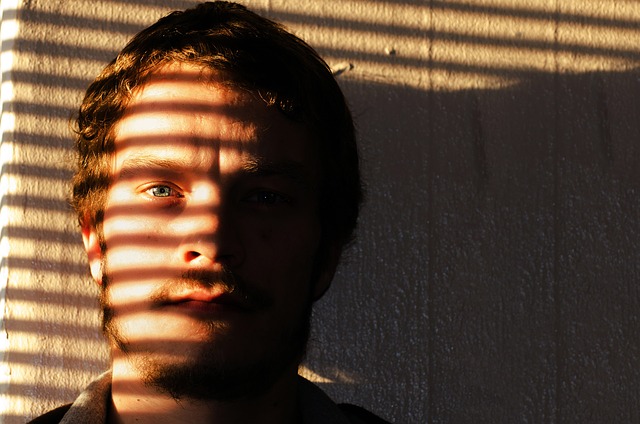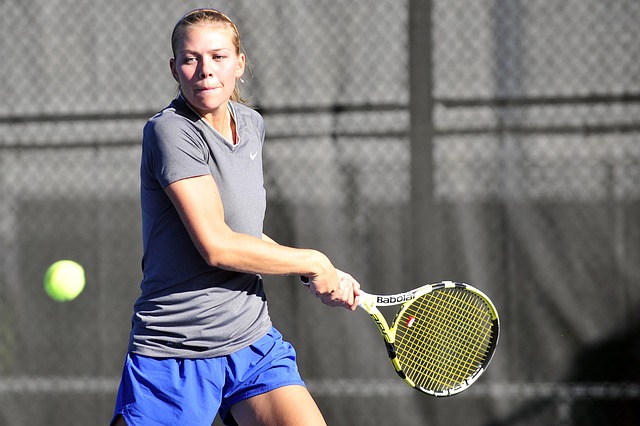Patrick Chan used mindfulness to excel at the 2018 Winter Olympic Games. His first round performance for the team figure skating event was badly hampered by nerves and he did not score well. However by talking to himself, confronting the expectations of his team and his own debilitating emotions, he was able to achieve the top score in his next round and help Canada win the Olympic Gold medal for the event.
Jon Kabat-Zinn taught meditation to the 1984 US Olympic rowing team – a team that went on to win 2 gold medals, 5 silver and 1 bronze. Jon maintains that to get into the “zone” of peak performance on a regular basis you need to meditate to train yourself mentally.
Richmond Football Club – AFL Premiership Winners through Mindfulness and Meditation
Mindfulness and meditation training helped Richmond win the 2017 AFL premiership. The initiative started in 2015 with Dylan Grimes, Richmond defender, who was very frustrated and dissatisfied with his ability to maintain his performance at an elite level. He read a number of books about mindfulness and how it could enhance performance. In particular, he was impressed with the idea of achieving “flow” proposed by Mihaly Csikszentmihalyi, author of Flow: The Psychology of Optimal Experience.
People who experience flow in their endeavours achieve optimal performance, increase their creativity and experience real joy and happiness. The Richmond Football Club engaged Emma Murray, high performance and mindfulness coach, to help all team members achieve their optimal level. She was able to help players develop self-awareness, build focus and concentration and to help each other when one of the team was becoming distracted or unfocused. She successfully established new norms such as individual players openly admitting the impact of their thoughts on their performance, sharing doubts and concerns and, overall, being vulnerable – a counter-cultural position.
Richmond players readily acknowledged the role of Emma’s teaching in mindfulness and meditation in helping them win the premiership. For example, Dean Martin, winner of the Brownlow Medal, mentioned Emma’s contribution to Richmond’s performance after the game.
Konrad Marshall, author of A Season with Richmond: Yellow & Black, also provided a detailed description of Emma’s work with the football players and the effectiveness of her mindfulness and meditation approach.
NBA Athletes
Laura Chang in an article for mindfulnessmuse.com reminds us of the mindfulness practice of top NBA athletes who before the start of a game focus internally to “get into the zone” and build attention and concentration. She suggests that we can all learn from these elite athletes to increase our own focus and productivity and proposes a mindfulness practice for improved performance.
Mindfulness Exercise for Improved Performance
Laura offers a 5-step mindfulness exercise that is designed to improve attention during physical activities. The process, explained in detail in her article, is discussed in terms of the acronym, B.A.S.I.C. :
- Body – body awareness
- Arousal Level – notice the nature of your arousal
- Self-Talk – what are you saying to yourself and what impact is it having on your performance?
- Imagery – what images are you entertaining and do they reinforce excellent performance?
- Concentration – notice the nature and quality of your concentration and focus and its impact on your performance.
This process is designed to enhance self-awareness and self-management and, in the process, build the capacity to maintain attention and focus at a high level.
As elite athletes grow in mindfulness they are better able to manage their negative thoughts and images, to maintain concentration and focus, to be creative and to achieve optimal performance.
By Ron Passfield – Copyright (Creative Commons license, Attribution–Non Commercial–No Derivatives)
Image source: courtesy of xusenru on Pixabay
Disclosure: If you purchase a product through this site, I may earn a commission which will help to pay for the site, the associated Meetup group and the resources to support the blog.










